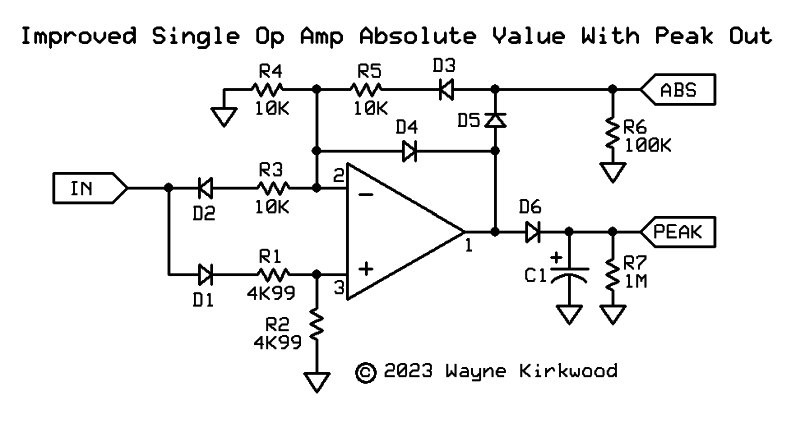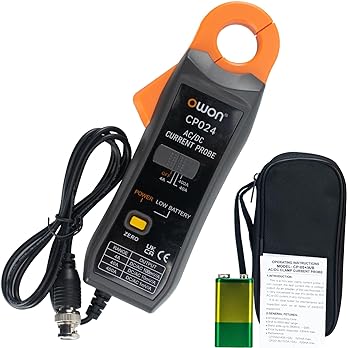Brian Roth
Well-known member
@moamps ...... In a cutting system, a limiter is often in the signal chain. It's a tangled web, however, because of:
1. The RIAA pre-emphasis that greatly boosts the high frequency content coming from the cutting amp.
2. The amplifier driving the cutting head typically provides 100+ Watts RMS into a device you can hold in the palm of your hand. The head is usually fed with Helium gas in order to keep the "guts" cooled.
Bri
1. The RIAA pre-emphasis that greatly boosts the high frequency content coming from the cutting amp.
2. The amplifier driving the cutting head typically provides 100+ Watts RMS into a device you can hold in the palm of your hand. The head is usually fed with Helium gas in order to keep the "guts" cooled.
Bri





